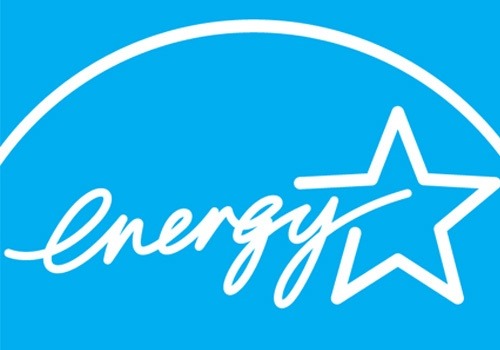


Windows provide a source of light and ventilation, but they’re also one of the largest sources of heat transfer in a home. Glass is, by nature, far better at transferring heat than drywall or other building materials. Thankfully, innovative technologies have resulted in more energy-efficient windows that allow less heat transfer than standard glass, leading to lower air conditioning bills.
What are the benefits of energy-efficient windows?
The clearest benefit of energy-efficient windows is that by allowing less warm air to flow into your home, they make it easier for your air conditioning unit to maintain your home’s temperature. This leads to lower electricity bills. Homeowners who choose Energy Star qualified energy-efficient windows can expect to save up to $465 per year on their energy bills compared to those who choose single-pane glass windows.
Efficient windows also reduce wear and tear on your HVAC system since it won’t have to work as hard to make up for the heat transfer. Your air conditioner and furnace will last longer and need fewer repairs.
Finally, homes with energy-efficient windows are more comfortable. You don’t have to worry about feeling a draft when you walk by the window or about some homes being scorching hot in the summer because they have more windows and heat is being transferred through the glass.
How do you choose energy-efficient windows for your home?
When shopping for energy-efficient windows in the Cincinnati area, there are a few things you’ll want to look for:
Energy Star Approval: The United States Department of Energy puts its Energy Star seal only on products that have met a strict code of standards when it comes to reducing energy use. Look for windows with the blue Energy Star seal, such as Andersen A-series replacement windows that were named Most Efficient by Energy Star in 2016.
Double-Pane or Triple-Pane Glass: Windows with two panes of glass do a much
the two glass panes acts as an insulator. If you want to go the extra mile, triple-pane glass windows are even more efficient.
Operation Type: Some types of window designs do a better job at blocking the flow of air than others. For example, casement and hinged windows have a lower air leakage rate than double-hung windows. If your current windows are drafty, you may want to talk to your window installation technician about the possibility of switching to a different operation style when you purchase replacement windows.
Low-E Coatings: In a place like Cincinnati, where the temperatures are often in the 80s and 90s during the summer, low-e glass like Renewal by Andersen’s SmartSun™ glass is a lifesaver. These coatings reflect heat from the sun, keeping your home much cooler while still allowing you to enjoy the beauty of natural light.
Sash Material: It’s not just the glass that determines the amount of heat passed through the window. The sash material surrounding the glass is involved, too. You want a sash material that does not warp easily and that resists heat transfer. Heat is a classic choice, but in a climate like Cincinnati where the temperatures fluctuate regularly, a wood composite material like Fibrex® is even better since it won’t warp and create gaps between the window and frame.
Choosing energy-efficient windows leads to lower energy bills, less strain on your HVAC system, and a more comfortable home. Get in touch with Renewal by Andersentoday, and during your free in-home consultation, we will help you choose the energy-efficient windows that are best for your Cincinnati home.